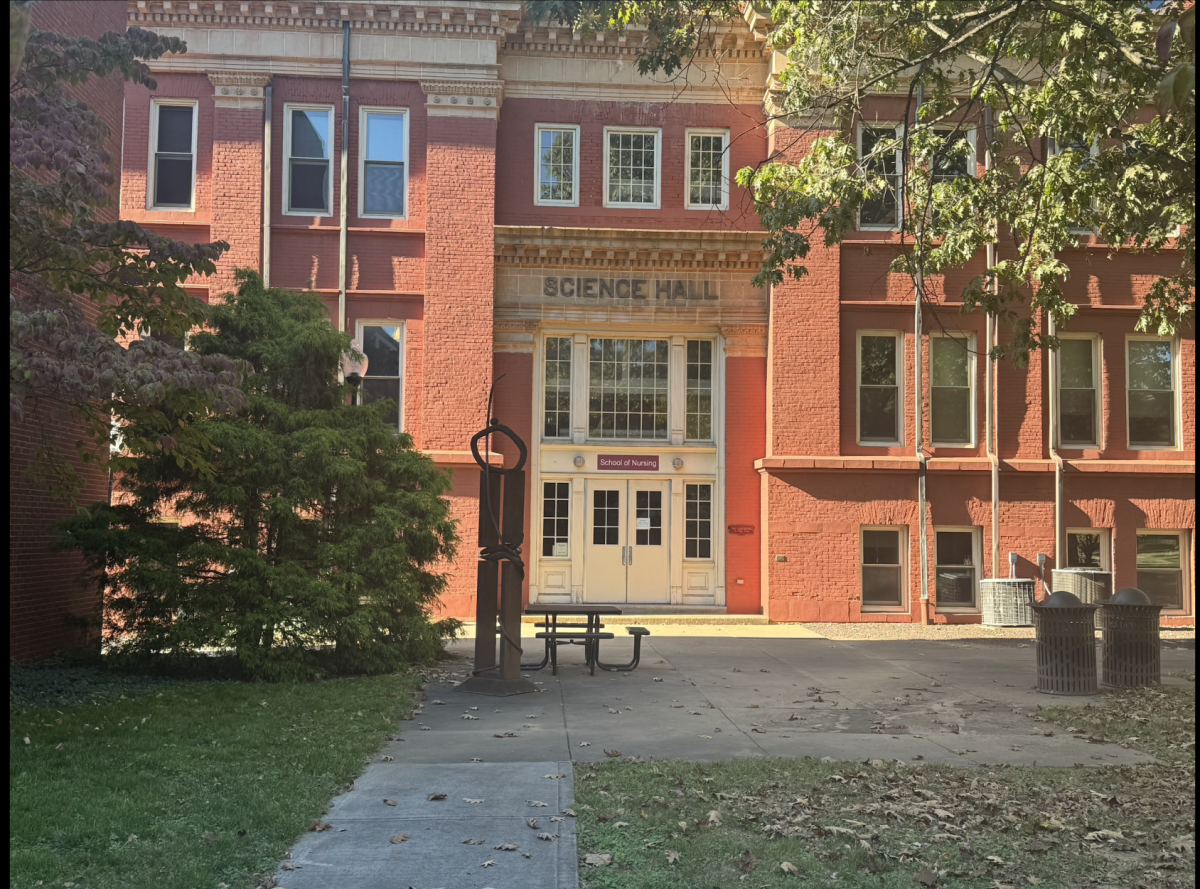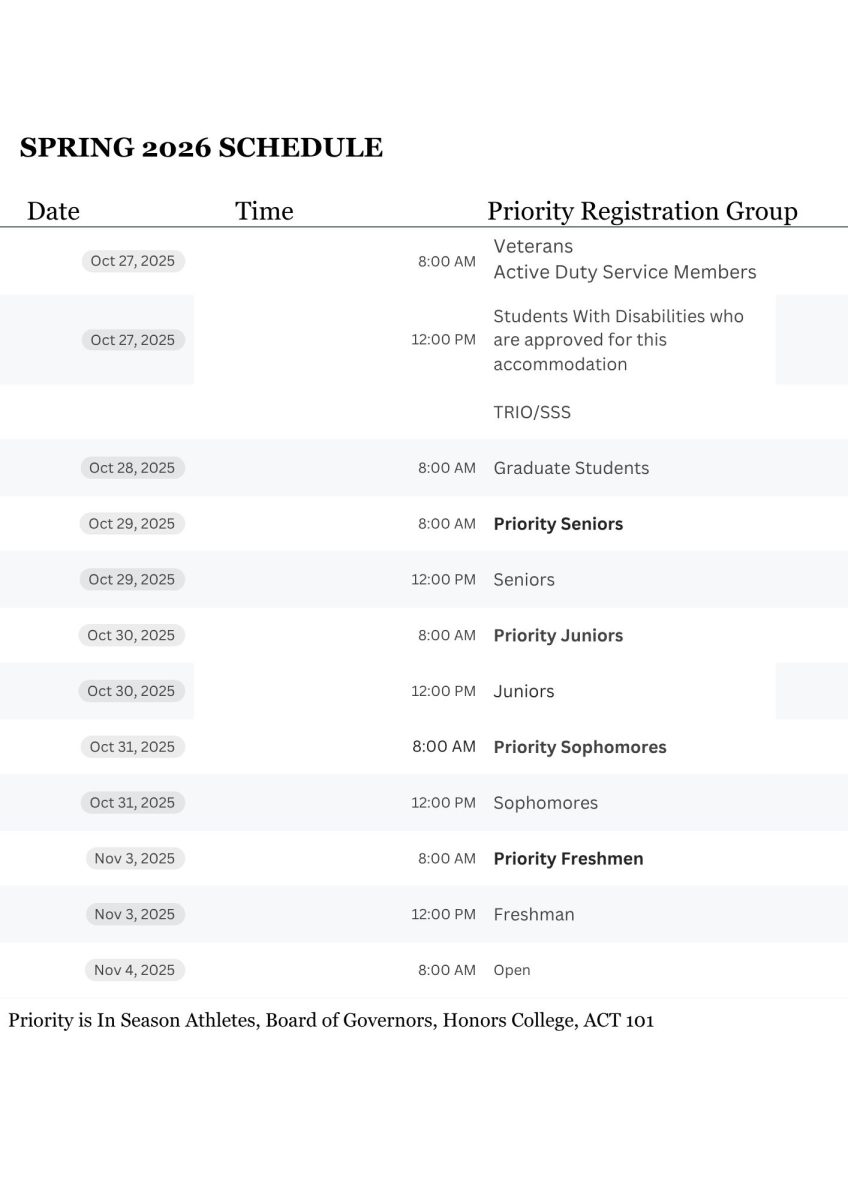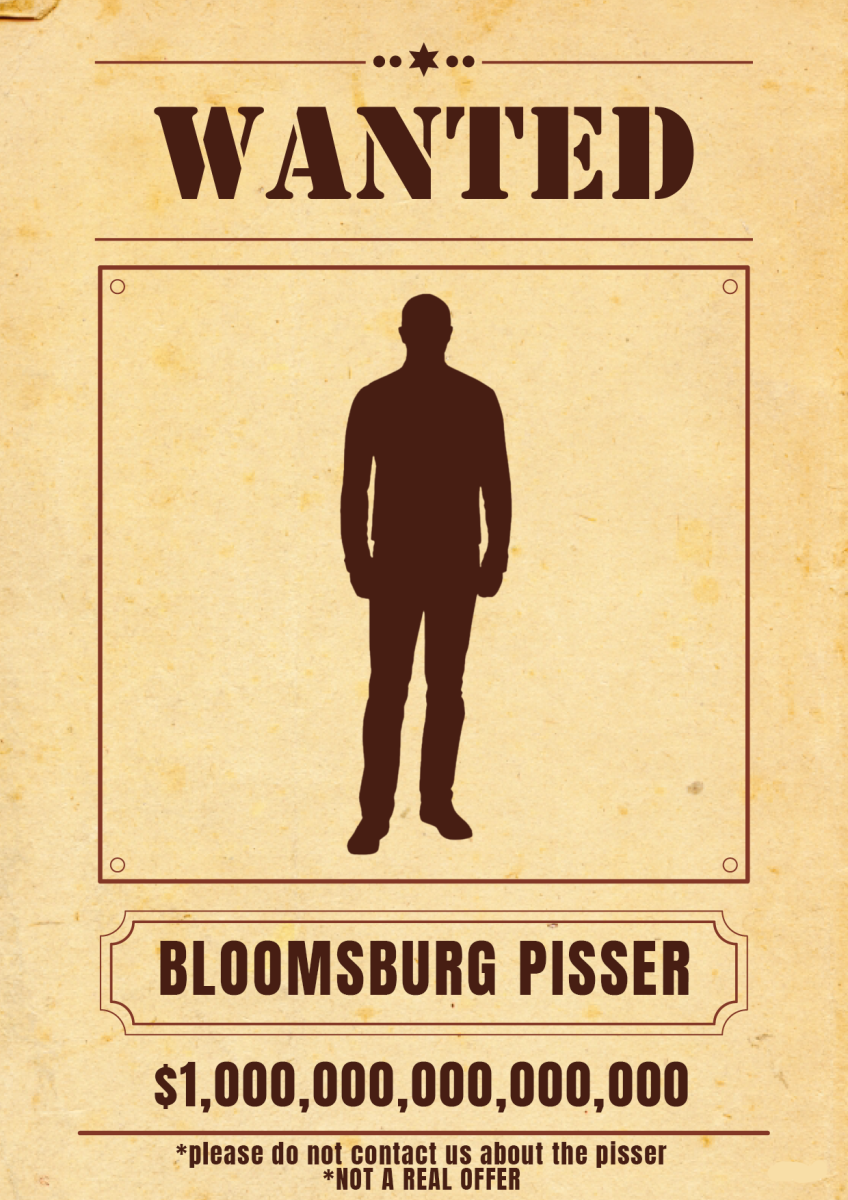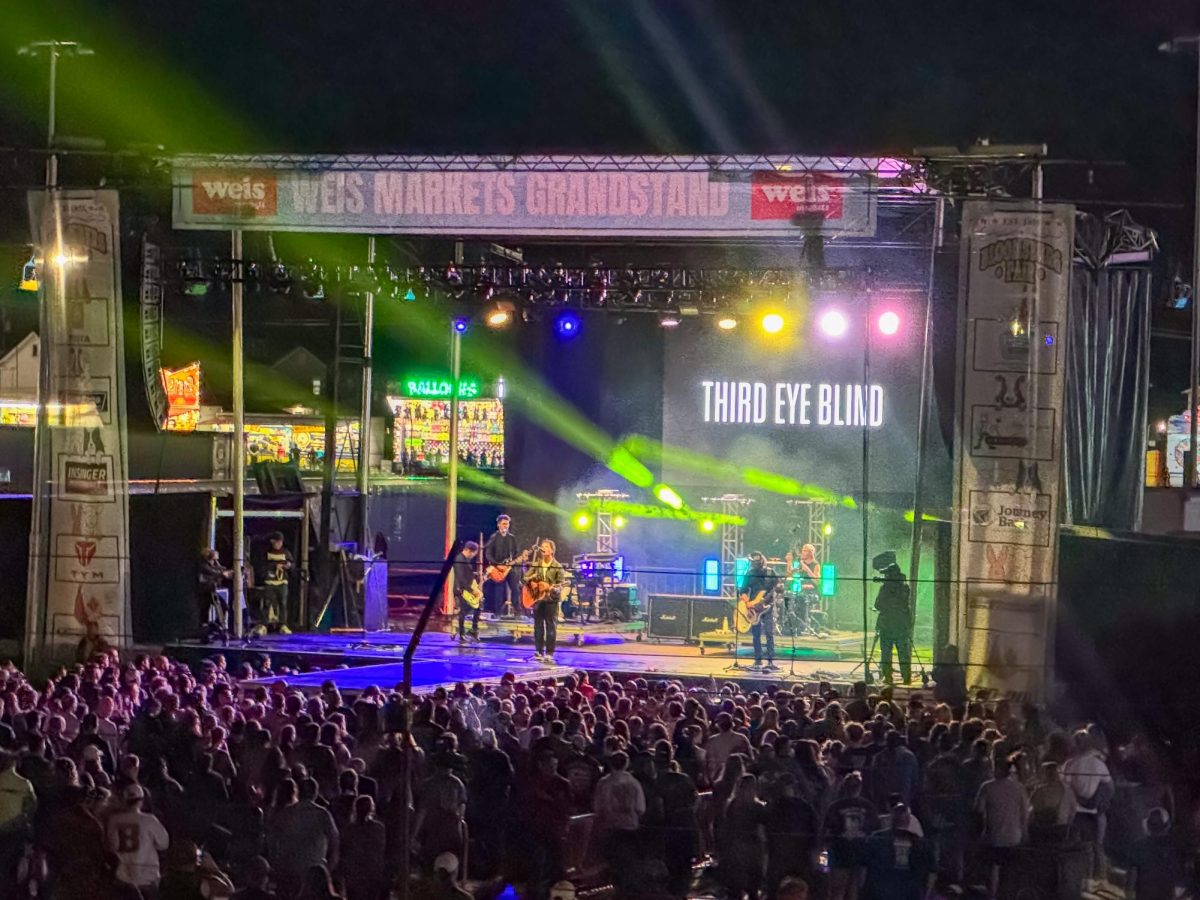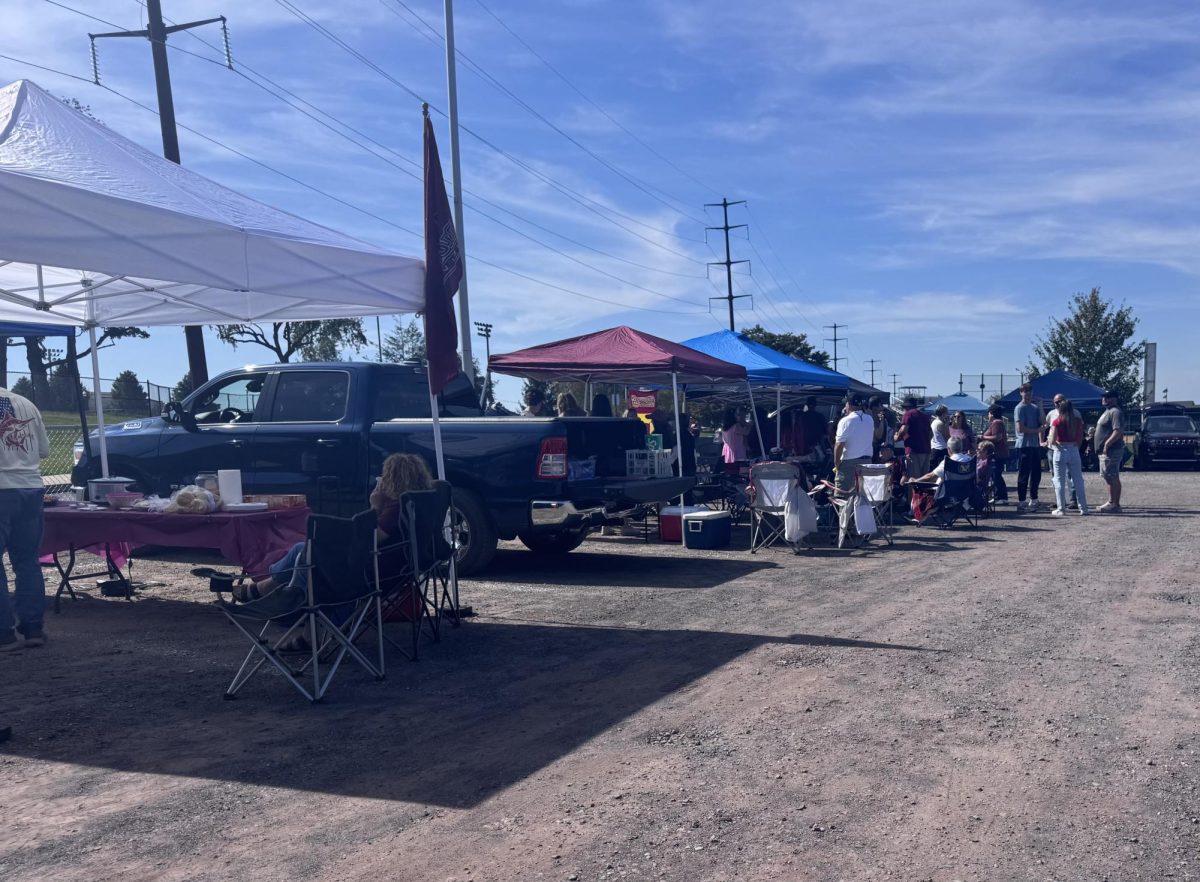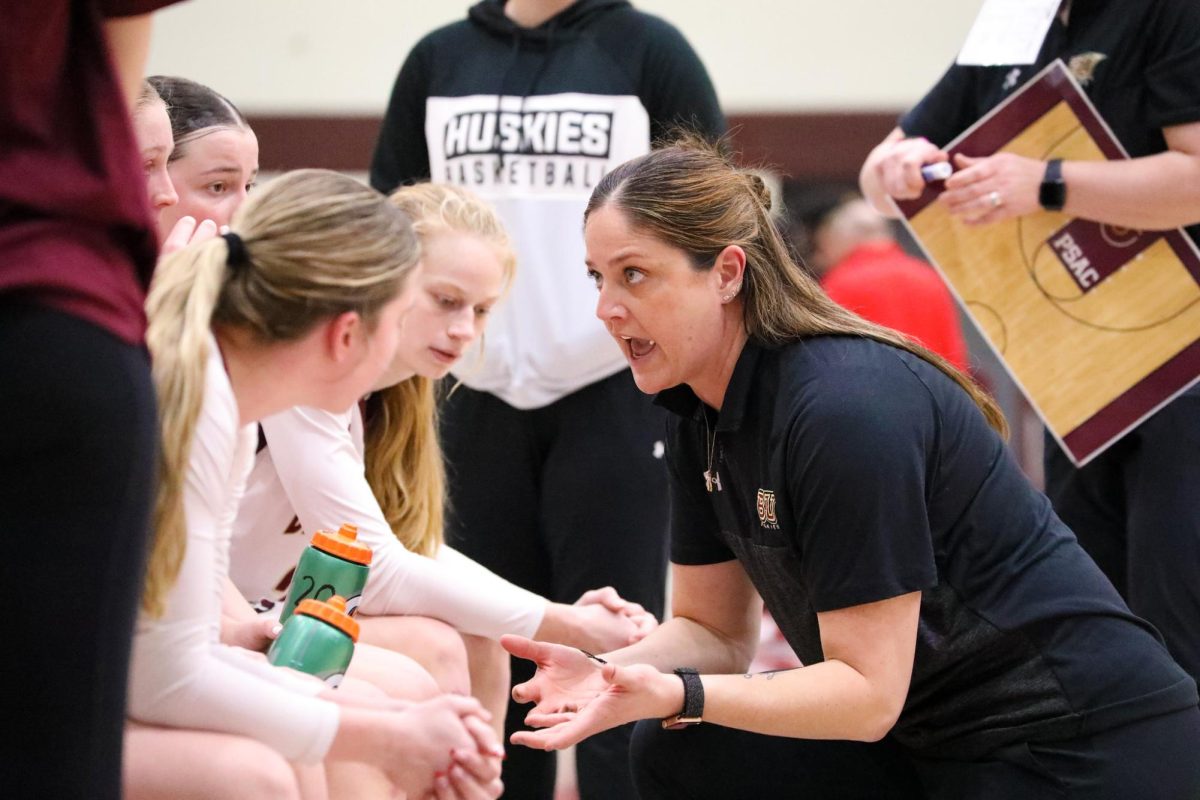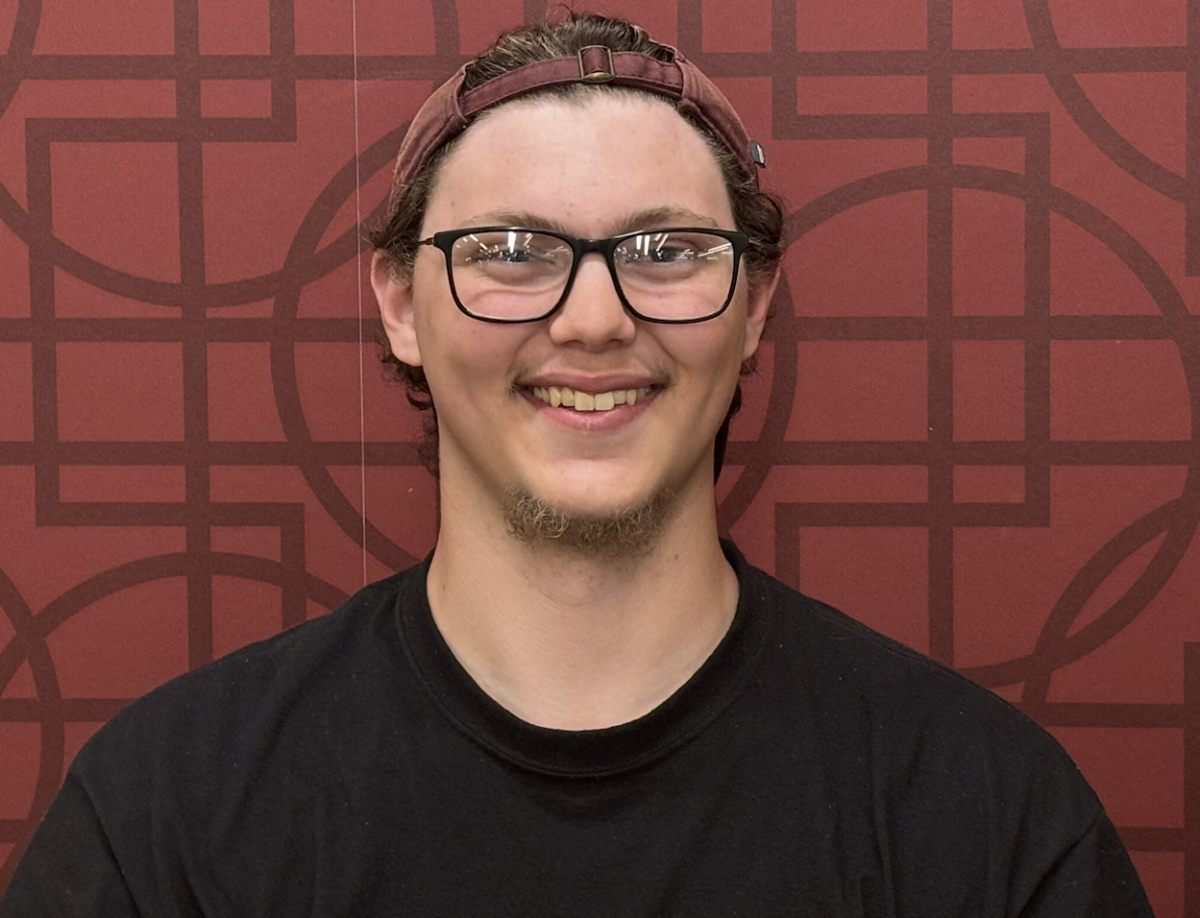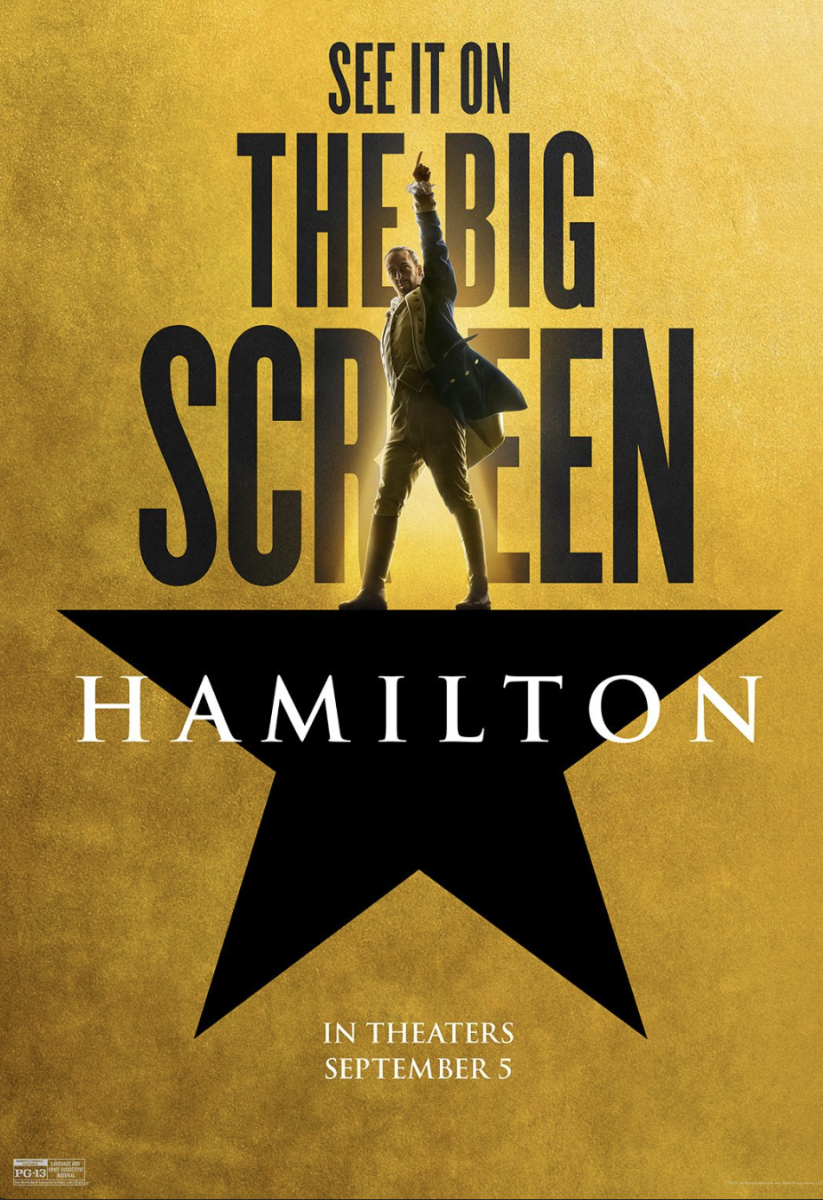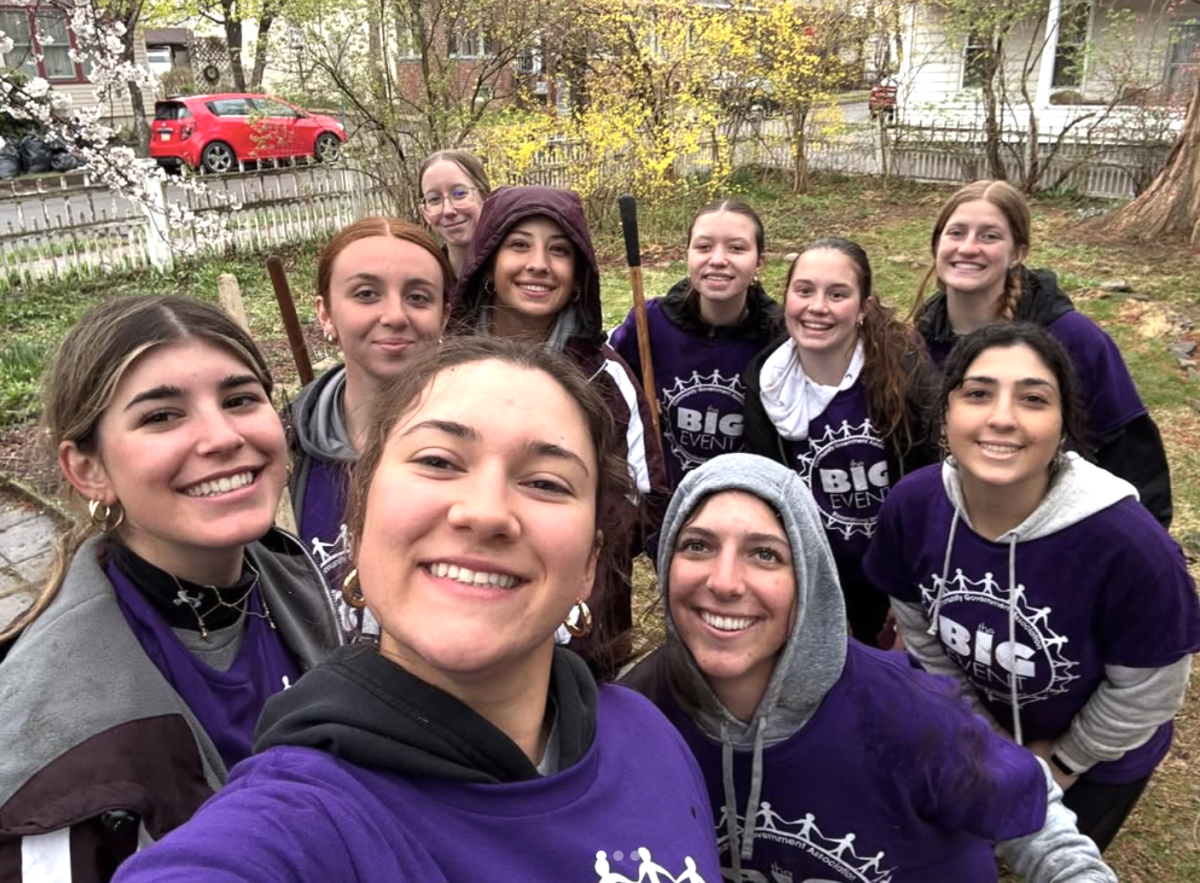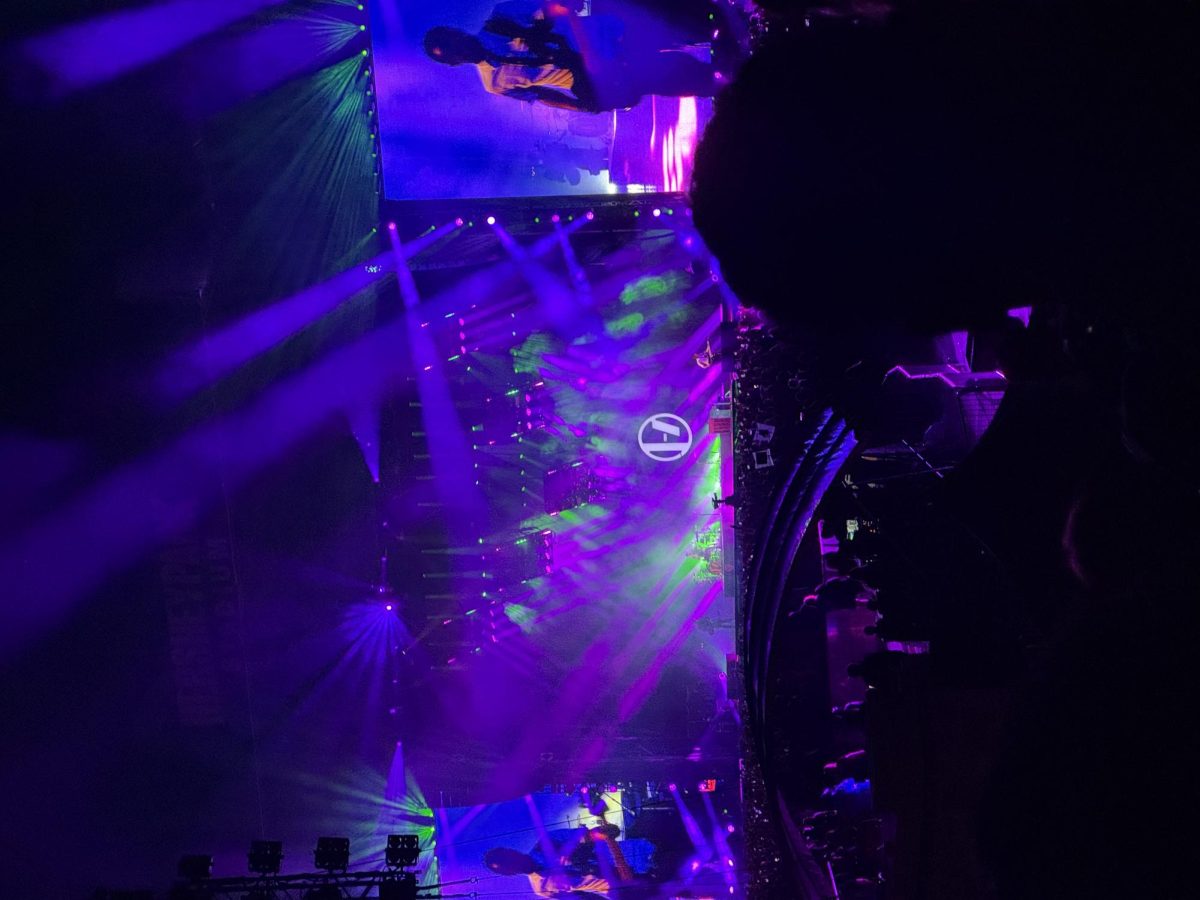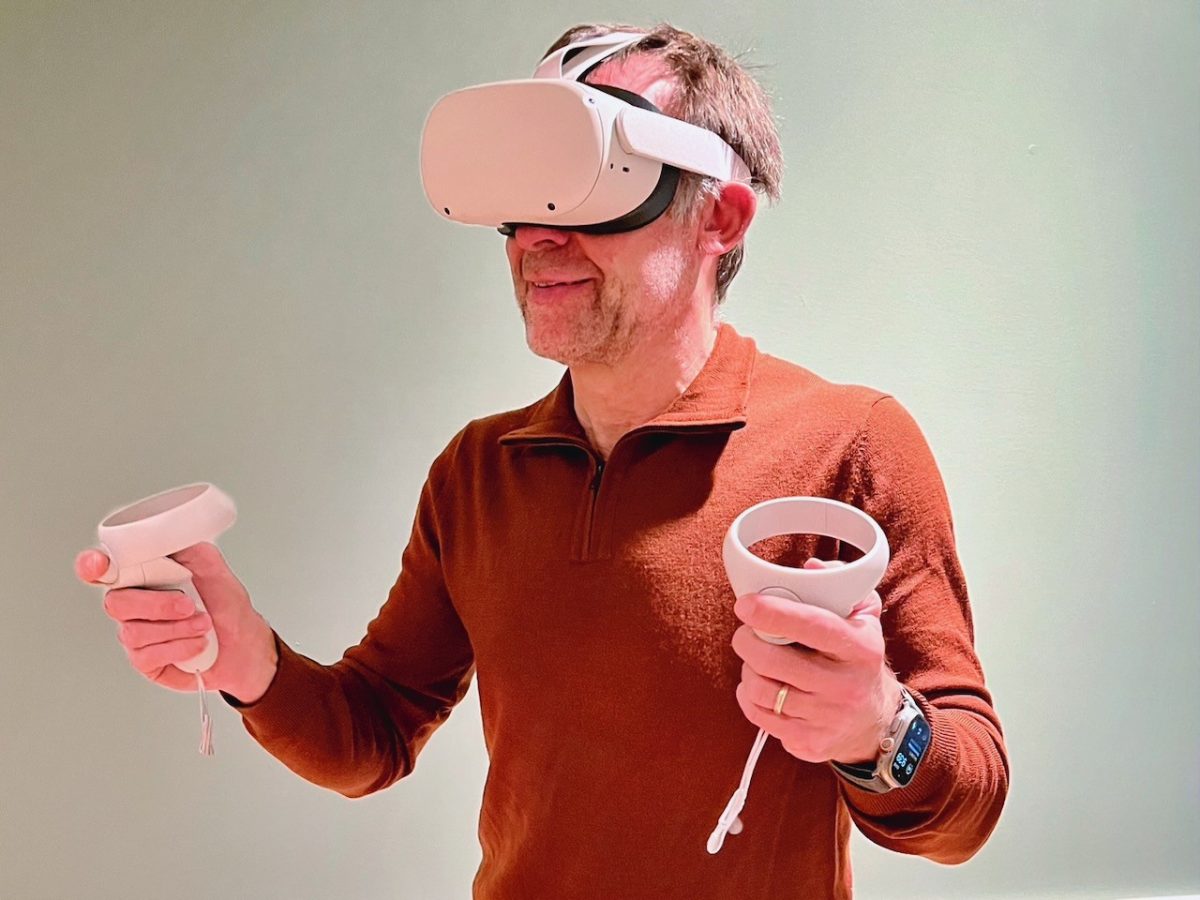With the use of VR and AR technologies on the Bloomsburg campus, education takes a futuristic spin. With a single motion, students’ learning experiences come to life when they put on virtual reality headsets.
Dr. Helmut Doll, the Assistant Chair and Technical Leadership Coordinator of the instructional technology department, developed the Immersive & Interactive Technology minor a few years ago with a vision towards the future. Within the minor that corresponds with a variety of fields, students learn to develop interactive softwares especially within the fields of virtual and augmented reality.

“It has inspired my teaching because it allows me to work with the newest technologies. Not everyone who teaches has that opportunity”, said Dr. Doll, “It keeps the class more relevant and it is exciting.”
An immersive, ever changing classroom
“Every semester, the courses are different because the technology is constantly evolving. That is the fun part”, said Doll who is constantly working to find new updates to implement into his courses. He created the introduction and immersive reality class of the minor, and Dr. Karl Kapp and Dr. Jessica Briskin jumped in to teach the other two core courses.
The classroom evolves into a dynamic stage where traditional education is combined with virtual and augmented reality to create a new level of understanding. Innovation through education has continuously grown since the nineties and early two thousands, especially with the introduction of “smart devices” and the recent introduction of the Metaverse.
A challenge faced in the classroom is that the platforms can be lagging behind, or in other terms, be underdeveloped. Learning new softwares like Unity and other development softwares takes much time with a series of tedious steps.
Dr. Karl Kapp, a professor of instructional design and technology, has a main focus is games and gamification for learning allowing virtual and augmented reality to fit right in. “The minor provides an opportunity to introduce students to the use of AR/VR in business and industry and education and allows me to bring in some alumni from our program who are actually working with AR and VR.”, said Dr. Kapp. This grants the graduate students a chance to see actual AR and VR in action how actual organizations are leveraging this technology within industry.

An ongoing future of interactive tech on and off campus
Dr. Doll discussed that these technologies will continue to grow for the next ten years. He said, “I believe some level of understanding of this immersive technology would be important for every student. It will impact everyone’s life and career.” Being aware of the hypothetical positives and challenges that society may face because of this growing realm is essential. The boundary between real and virtual will intertwine, and “more of this life will become a Metaverse”.
Using VR and AR in the work place is already happening, as well as learning soft skills such as customer service interactions. In some time, Dr. Doll thinks this could be a transition into an AI generated conversation from a bot to guide you instead of a premade typed conversation. Ultimately, combining the two could utilize AI on a positive note.
Dr. Doll hopes to collect three-dimensional image of statues on the quadrangle and make a guided tour about them. Beyond this idea, making other guided and instructional tours for the Bloomsburg campus is something he hopes to do more of. For now, in the classroom, he additionally plans to take aspects from Pokemon Go! and implement it into development software.


